
Profile | Call the Midwife star Jenny Agutter on being a Railway child, mother, now grandma, and her career on stage and screen
- The British actress found fame as a teenager in the 1970 film The Railway Children, with later roles including in Logan’s Run and An American Werewolf in London
- Now filming the 11th series of Call the Midwife, she says its success stems from stories that cover social change in a very particular community
My earliest memories are of Singapore. My father was posted there with the army when I was three. I remember the scent of frangipani, the heat and humidity, our amah’s cooking, and visiting the kampong where she lived. It’s a medley of memories. I’d love to go back, but I’ve not had the opportunity.
Later we lived in Cyprus, before the island was divided, which was idyllic. From there I was sent as a boarder to Elmhurst Ballet School (in Britain), where by chance I started acting in films. Walt Disney Studios were making a film that required a young dancer in a supporting role.
I was sent from school to screen-test, and while waiting to hear whether I had the role, an agent suggested me for the part of a young injured Arab girl in a film called East of Sudan (1964), with Anthony Quayle and Sylvia Syms.
Syms had to carry me around a lot, so the part required a “lightweight” actress; I was very small for an 11-year-old, and I was cast. I thought filming was great fun. While making East of Sudan, I heard I had got the part in Ballerina.
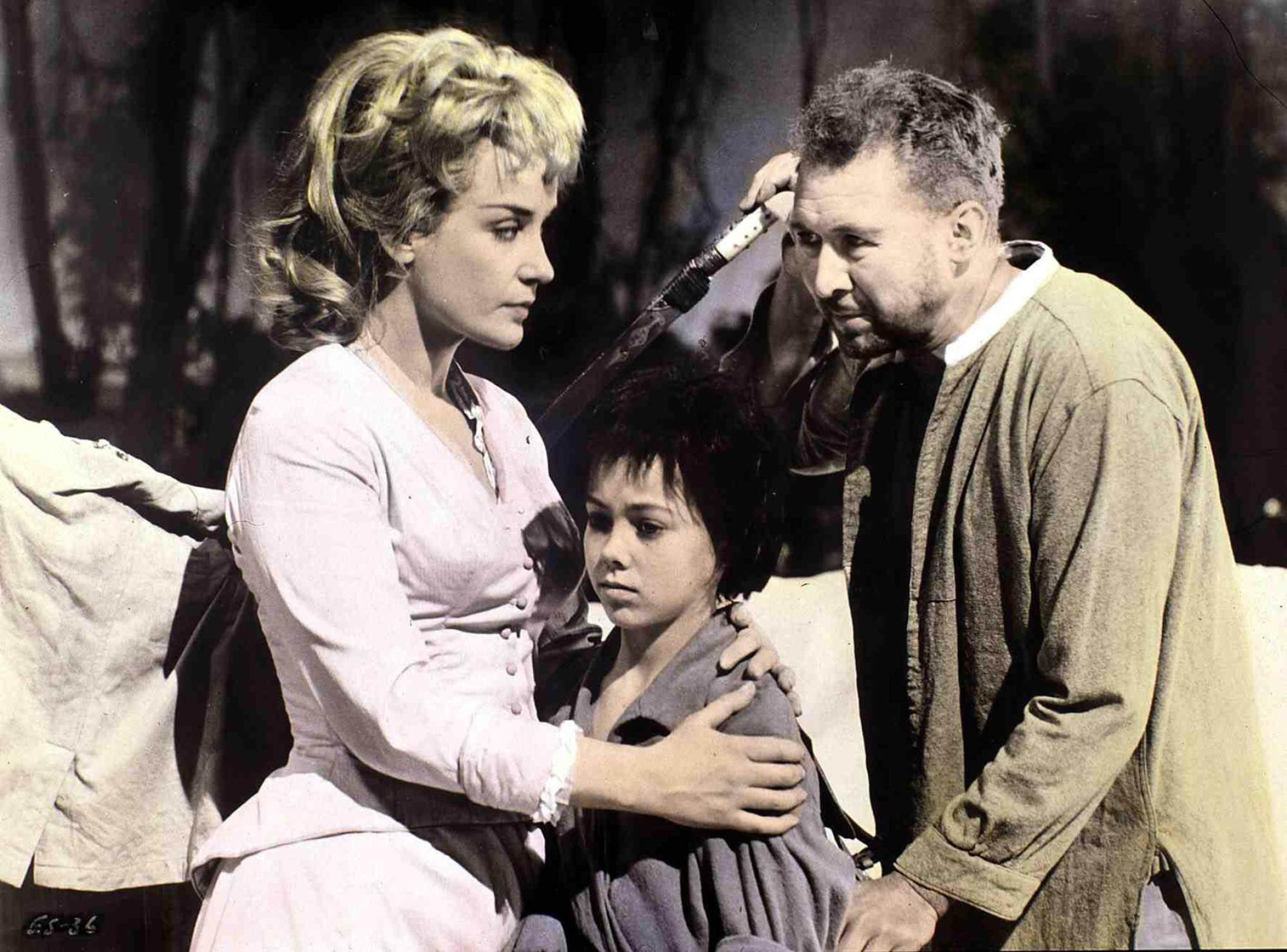
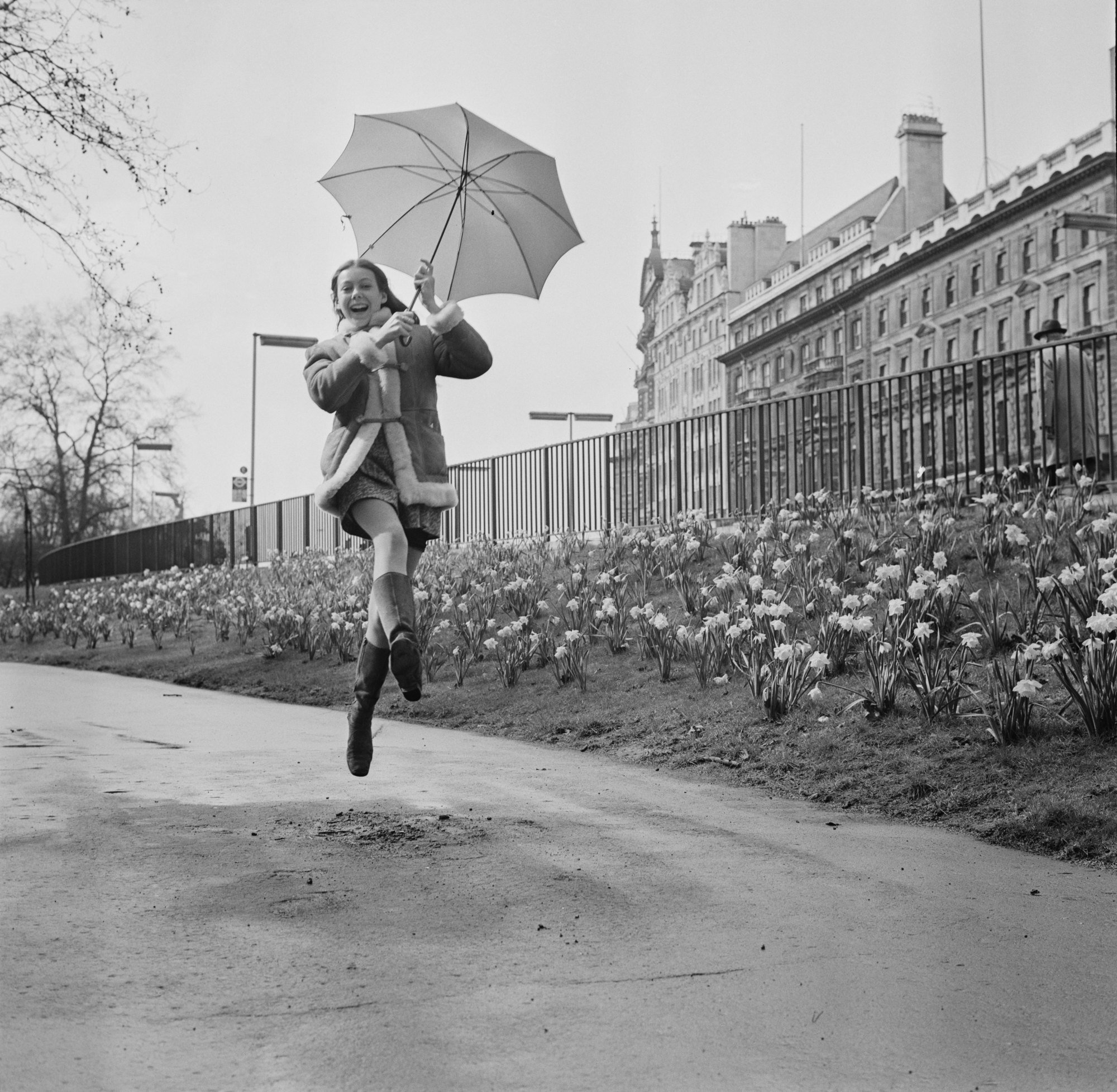
Railway child
I did a fair amount of television as a child and when I was 14 the BBC made a TV series of Edith Nesbit’s The Railway Children. It is a very touching family story that had been successful for them five or six years previously, and they decided to do it again.
I got the role of Bobbie. It was a six-parter, filmed in black and white, and was beautifully made and well-remembered afterwards.
When I was 16, I played major roles in three films in a row – a thriller called I Start Counting (1970), which has recently been re-released as a DVD, then Walkabout (1971), with director Nic Roeg, which took me to Australia for five and a half months.
I turned 17 at the end of 1969 and in March of 1970 The Railway Children came up again as a film.
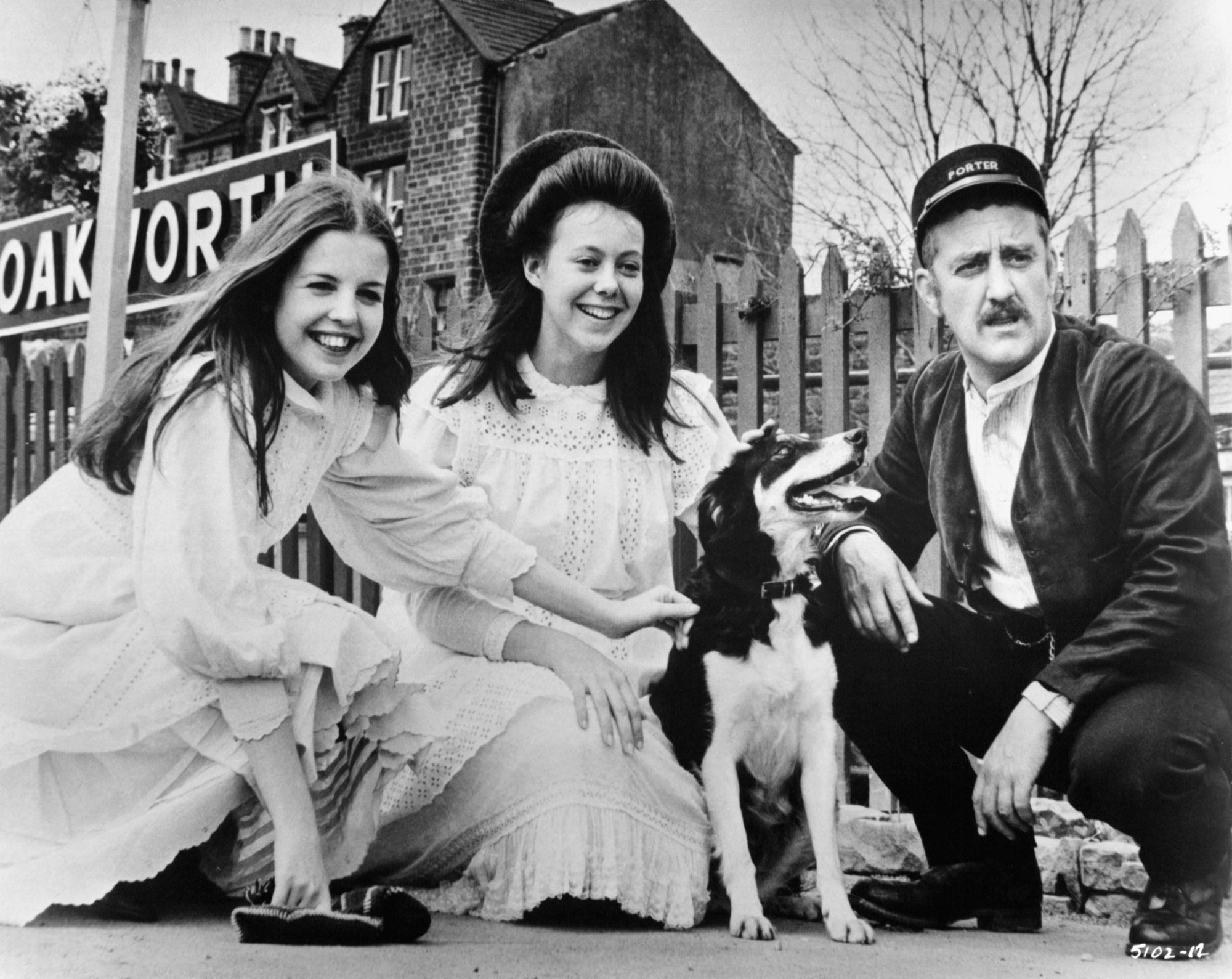
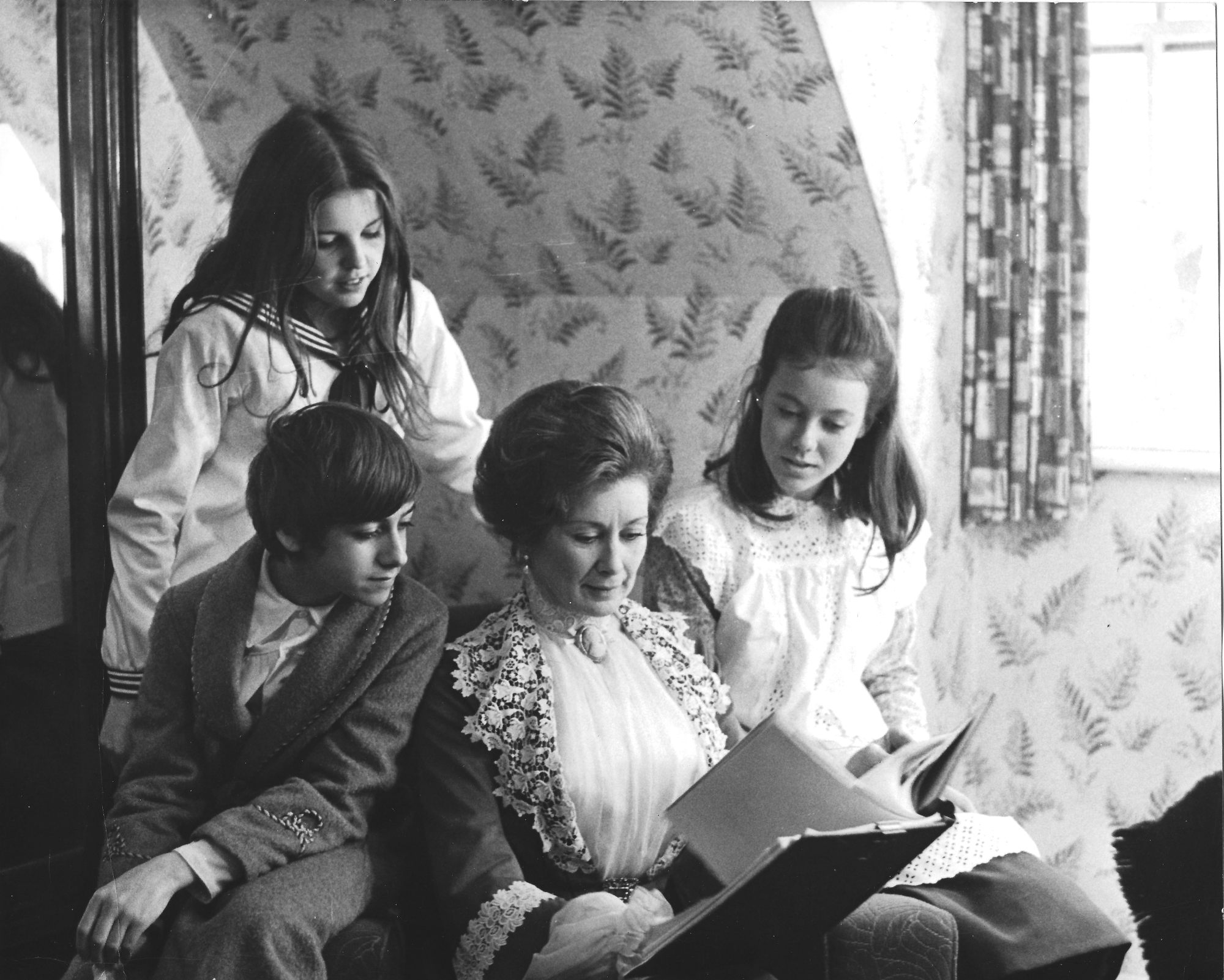
It was a memorable and joyous experience. The director, Lionel Jeffries, created a family feeling on the set. We had a big royal premiere, the film was well reviewed and reached a large audience in the cinema – and then it was gone. There were no videos at that time, and that was it, finished.
Theatre and Hollywood
When I was 18 I turned to the theatre. I really needed to gain experience as an actor and working on stage teaches one all aspects of drama. I did Arms and the Man in Manchester with Tom Courtenay, and had a great time, mainly because Tom made being on stage really enjoyable. At 21, I went to London’s National Theatre and played Miranda in The Tempest. John Gielgud was Prospero – a joy to work with and I learned a great deal.

After that I went to America. I had a very lucky break being cast by Michael Anderson in Logan’s Run (1976) within the first six months of being in Los Angeles. That was a terrific boost.
I carried on working in England as well, in TV, film and theatre. An American Werewolf in London (1981) was shot just before I joined the Royal Shakespeare Company for a season.
Equus (a 1977 psychological drama film set in Hampshire, Britain) was filmed in Canada, not the UK, for tax reasons. Richard Burton (the film’s star) could not spend much time in Britain.

Marriage and motherhood
In 1989, I made a film in Bath called King of the Wind, which is when I met my husband, Johan. When we got married I moved back to the UK, and motherhood followed shortly after that. I wanted to carry on working – it has always been a big part of my life – but I decided that family would come first and that work would have to fit in with family plans.
For 17 years, while living in America, no one had mentioned The Railway Children. Then in one of the first interviews I did after moving back to the UK, a journalist asked me about the film. I was intrigued as to why it came up. A few years after it was made, it started to be shown on television, then in the ’80s it was released as a video, so it had a new life.

In the UK, the cinema-going public associated me with that, not Logan’s Run or An American Werewolf or any of the other TV and films, but with this very English film which was being shown all the time. In 2000, I was offered the role of the mother – with Jemima Rooper playing Bobbie – in the Carlton Television production of The Railway Children, which I loved doing.
Nesbit wrote it from two points of view – the mother is a writer, but Bobbie seems to be telling the story. It was very interesting to play a role that was connected in that way, and it was touching to hear someone else saying the same lines I had said years before. That production, directed by Catherine Morshead, was different from Lionel’s film. It was grittier.
Call the Midwife
It was a big surprise that The Railway Children was as successful as it was, and that it retains the appeal it has. The same is true of Call the Midwife. Originally it was just going to be six episodes for the BBC, and now we’re filming the 11th series. Starting in the late 1950s we have reached 1967, and it would be possible for Sister Monica Joan to watch me on television. Not quite The Railway Children, but she could see The Newcomers and Alexander Graham Bell and some of the other early television I did.
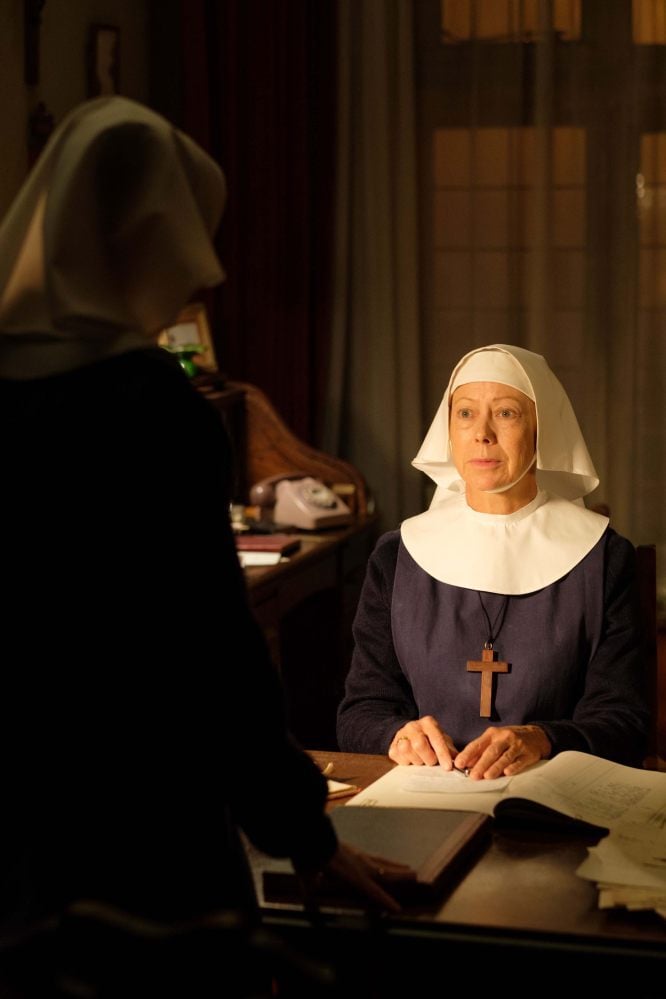
I am often asked about the success of the series (Call the Midwife). I think it’s the good stories, covering social change, in a very particular community. It’s not soft centred, as is sometimes thought, but deals with some harsh issues. The feel-good factor comes from the sense that people working and living together gain strength from one another. And babies being born always gives one hope they will enter a better future.
I think it has felt particularly worthwhile with the last year of Covid, to be able to film and complete series 10. The stories show the importance of living within a community.
Supporting a cause
For the third series I was able to put forward the idea to the writer, Heidi Thomas, of a story about cystic fibrosis (CF). In 1959, it was possible to test for CF, and Heidi created a script around this. I have been involved with the Cystic Fibrosis Trust since my niece Rachel was born with this life-threatening inherited condition.
It requires both parents to carry one of the genes, and I’m also a carrier. My husband is not, which means we had no chance of having a child with CF, but if both partners are carriers you have a one in four chance of having a child who will have it. Many babies did not survive to infancy because CF affects the pancreas, and nutrients are not absorbed. My mother lost two children, and my brother and I believe our parents were both carriers.
I gave all that information to Heidi and she was able to develop a strong story. Following that episode the Cystic Fibrosis Trust had more people visiting their website than they’d had in years. It just shows you the power that drama has to get a message out. Cystic fibrosis is something many people still don’t know about.

Coming full circle
Just over half a century after the film I was asked to do The Railway Children Return, which after being delayed by Covid finally went into production this April. The same location at the Worth Valley Railway in Yorkshire was used for the BBC television series in 1968, and for the film, which was shot in 1970, but this is not a remake. It’s a sequel. I play Bobbie as a grandmother.
I think Nesbit would have enjoyed the idea of the return of the railway children, and Bobbie living in a different time, the 1940s. Nesbit died before the second world war, which is when this is set, the children being evacuees from the city. It is inspired by and pays homage to Nesbit’s book and to Lionel’s film, while creating a whole new story. And Tom Courtenay is in it, so that’s something else coming around again. StudioCanal are planning a big premiere next April.

